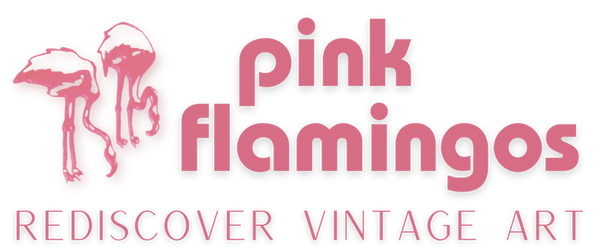This reverse-order Audubon three-part series blog is concluding with The Audubon, Part I: James Audubon (say that three times fast...I dare you!). I hope you have enjoyed learning about the origin of and inspiration behind many of the beautiful avian prints we have in our shop.
When we think of the natural world's artistic interpreters, one name prominently stands out: John James Audubon. Born in Les Cayes, Saint-Domingue (now known as Haiti) in 1785 and later becoming a U.S. citizen, Audubon left an indelible mark on ornithology and art as a remarkable artist, naturalist, and adventurer.

Portrait of Audubon at the National Mississippi River Museum & Aquarium (By Dsdugan - Self-photographed, CC0, https://commons.wikimedia.org/w/index.php?curid=122514480)
Audubon's journey into ornithology began with a deep fascination for birds. His lifelong passion led him to embark on an ambitious mission: documenting and illustrating every North American bird species. This monumental task became the foundation for his famous work, "The Birds of America," published over 12 years from 1827 to 1838. It comprises 435 hand-colored, life-size prints, showcasing birds in their natural habitats with unparalleled realism.

Large Audubon Spoonbill by John James Audubon, Public domain, via Wikimedia Commons
Audubon's approach was both artistic and scientific. He hunted, trapped, and studied birds before creating intricate watercolor illustrations. These were then engraved and published as stunning prints, revolutionizing ornithology with his commitment to capturing each species' essence.

An American flamingo by Audubon, Brooklyn Museum (Julius Bien, Public domain, via Wikimedia Commons).
One of the most prominent figures inspired by Audubon's work is Roger Tory Peterson. Peterson is often regarded as the "Father of the Field Guide" due to his groundbreaking contribution to the development of field guides for birdwatchers. Inspired by Audubon's meticulous attention to detail, Peterson created accessible, user-friendly field guides that revolutionized bird identification. His work, such as "A Field Guide to the Birds," made birdwatching more accessible to the general public, much like Audubon's illustrations had done in the 19th century.
David Attenborough, a legendary broadcaster and naturalist, aligned with Audubon's mission to connect people with nature through art and education, bringing the natural world to a global audience.
George Miksch Sutton, a prominent ornithologist and artist, illustrated bird field guides and scientific publications, contributing to scientific understanding and public appreciation of birds.
While there are no documented influential ties between Audubon and the Goulds, their work and interests overlapped. Audubon focused on North American birds, while John Gould explored birds worldwide. They shared a 19th-century ornithology network, but there's no direct evidence of collaboration. Audubon's meticulous illustrations influenced many, including Gould.
John James Audubon's legacy inspires modern ornithologists and conservationists. His fusion of art and science underscores their complementary roles in understanding and protecting the natural world. Audubon's impact endures, reminding us of the power of art and science to inspire appreciation and conservation of our avian wonders.

